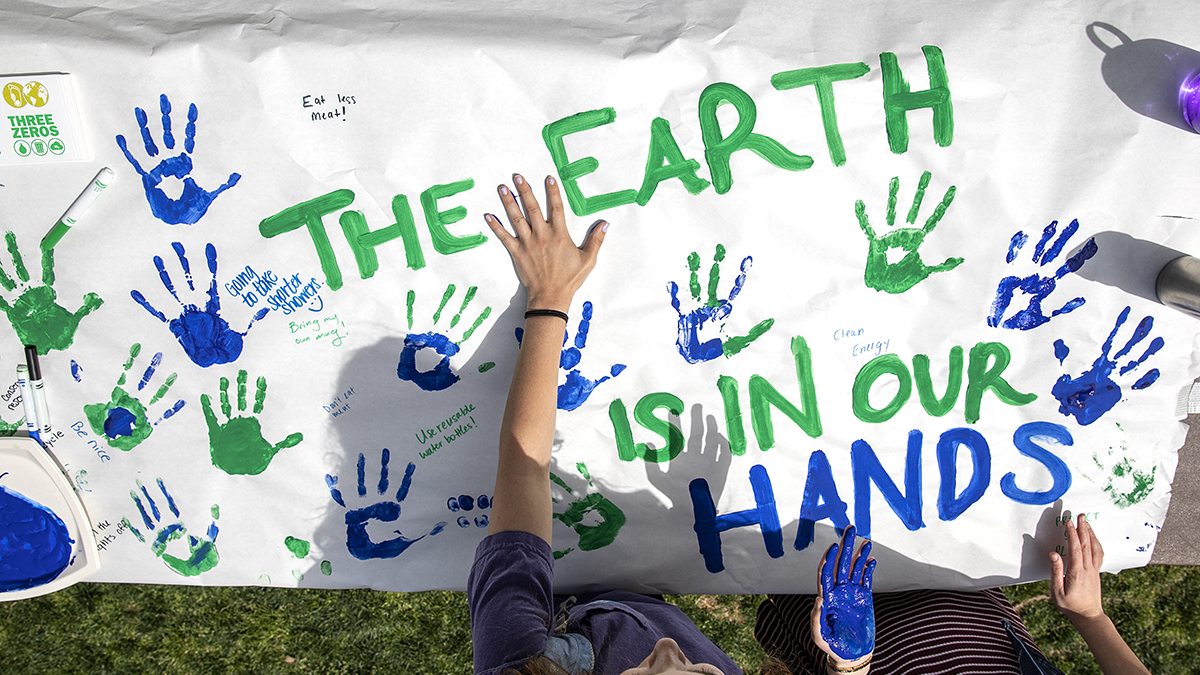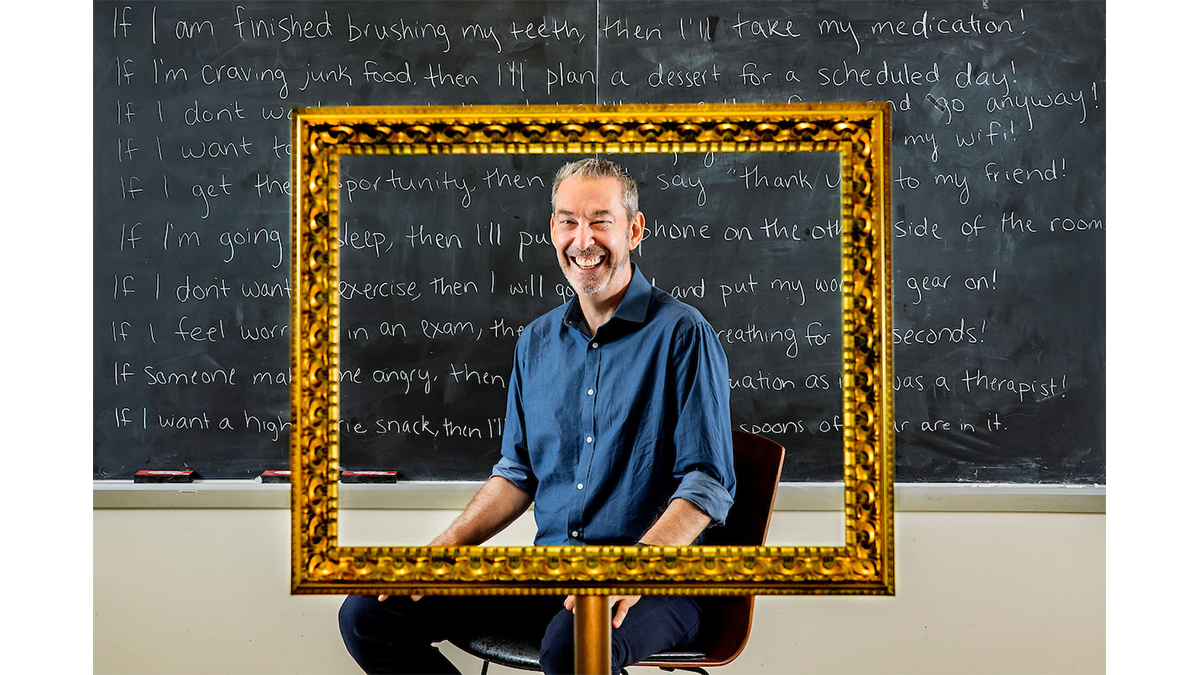How to reduce your carbon footprint
Dana Haine and Grant Parkins of Carolina's Center for Public Engagement with Science share ways to reduce your personal carbon footprint and explain how little steps can make a difference.

A single person can’t turn back the clock on climate change, but everybody making small steps toward reducing their carbon footprint can go a long way.
“You don’t have to be perfect,” said Grant Parkins of Carolina’s Center for Public Engagement with Science. “It’s helpful if everybody just does a little bit better.”
Parkins and Dana Haine have been helping North Carolinians make steps to reduce their carbon footprints through the UNC Institute of the Environment‘s outreach programs in the Center for Public Engagement with Science.
“We are tasked with taking the environmental science research coming out of the University and making it meaningful to different audiences,” said Haine, the institute’s K-12 science education manager. “We’re trying to get current environmental science and environmental-health science out to the audiences who can use it to inform their work.”
For Earth Day, the two educators shared advice on reducing your carbon footprint and taking steps toward helping our environment.
Think before you buy
The carbon emitted through the lifecycle of a product is a person’s secondary carbon footprint. Whether it’s the plastic your orange juice comes in or the refrigeration it requires to keep it fresh, every product has a hidden energy behind it, Haine said.
“A lot of our consumer decisions impact that secondary carbon footprint,” she said. “All of these products use energy, and most of the time, that energy comes from fossil fuels.”
Haine suggests consumers stop and think about the entire lifecycle of products and where fossil fuels may come into play before purchasing. Think about how the product was likely created, how it was transported to the store, how it’s being stored and what will happen to it when you’re finished with it. Then consider if there are alternative options that remove some fossil fuels from the process.
A primary culprit for our secondary footprints is single-use plastic. Cutting down on plastic water bottles is a given, but how often do you put fruit or vegetables in a plastic bag that will ultimately end up inside another plastic bag? Or how about those plastic shampoo bottles that get tossed when they’re empty. Those single-use plastics are rarely recycled, ultimately winding up in a landfill, and they also required some form of energy to be created in the first place, adding to carbon emissions.
“There’s a lot of single-use plastics that people aren’t thinking about,” said Parkins, the director of the Center for Public Engagement with Science’s Energy Literacy, Engagement and Action Program.
Adopt green eating habits
Reducing food waste can help the environment, but so can changing what you’re eating and when you’re eating it.
Food comes with a secondary carbon footprint, from the resources needed to farm cattle to transporting the food across the country or world. Eating locally and seasonally can reduce the emissions created by transportation.
“If you’re eating locally, you’re probably eating seasonally,” Parkins said. “Eating strawberries in the middle of December probably has a greater impact on your carbon footprint than eating them in late May.”
Working more plants into your diet will also reduce the amount the carbon emissions created by your meals because the carbon emitted from raising animals is higher than growing crops.
When it comes to adjusting your eating habits, making small, incremental steps toward more plant-based meals can make a difference.
“There are different things that you can do to make it fit for how your family eats,” he said. “Instead of going eight meals a week with beef, make it four meals a week with beef and four with plant-based protein.
Work together
While individual steps to reduce your carbon footprint can make headway in helping to reduce overall carbon emissions, working together with local businesses and community members can make an even greater impact, Haine said.
Whether it’s working to spur positive environmental changes or helping others reach their environmental goals, Haine said we’ll get further if our improvements extend beyond just our own habits and into larger decision-making.
“Individuals alone aren’t going to solve our problems when it comes to climate change,” Haine said. “We have to have a systemic change, which means changing policy and behaviors. Individuals have a role in that in the sense of choices that we make to lower our carbon footprint, but also to serve as positive role models to others.”




